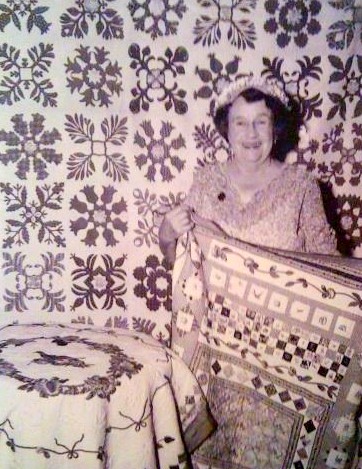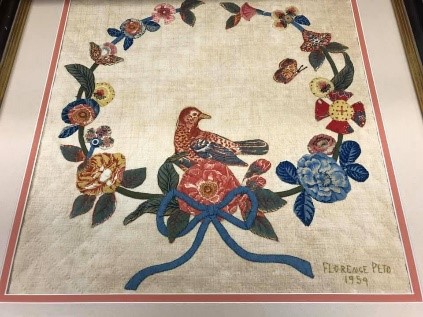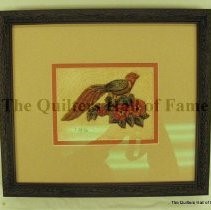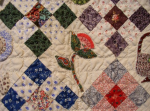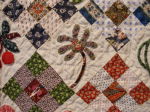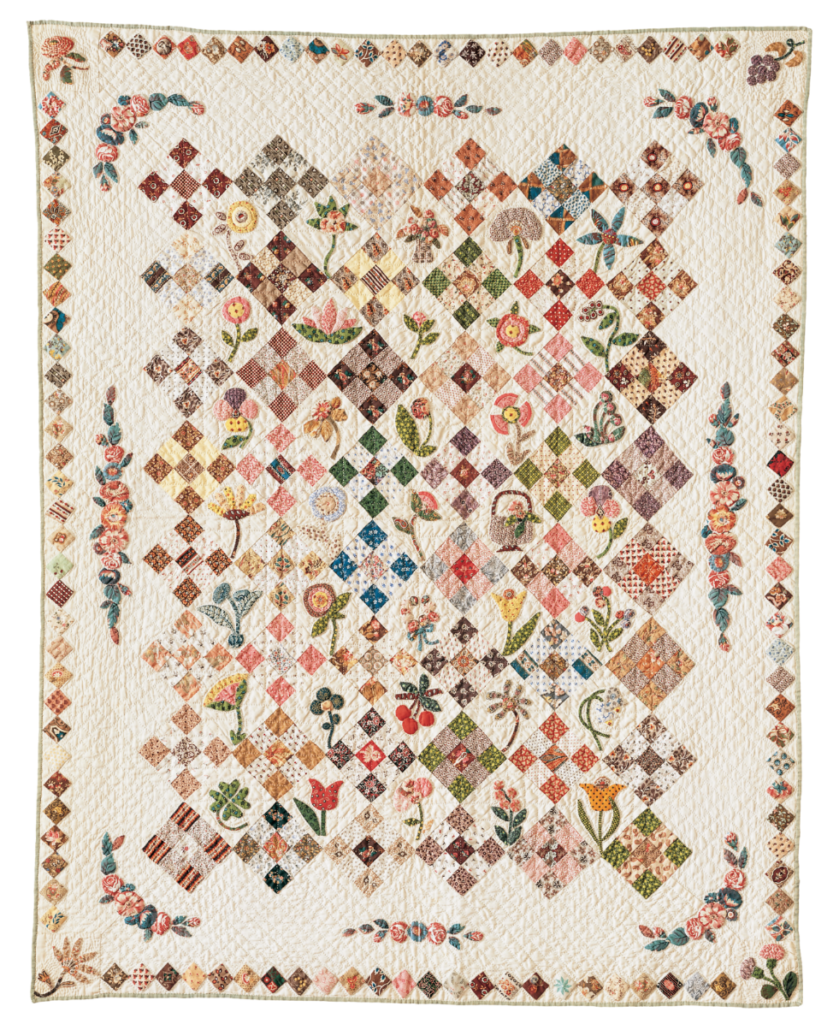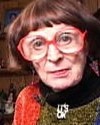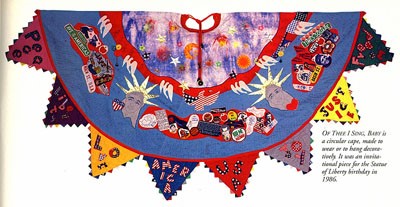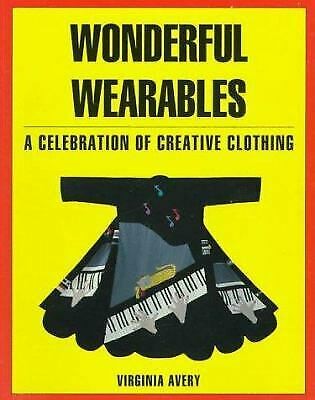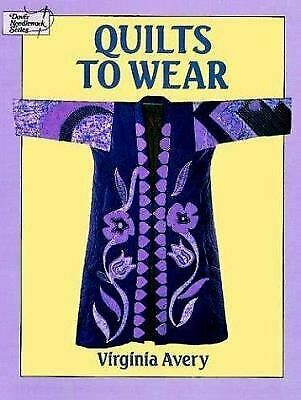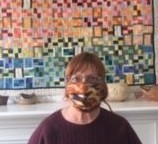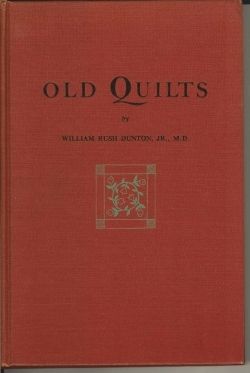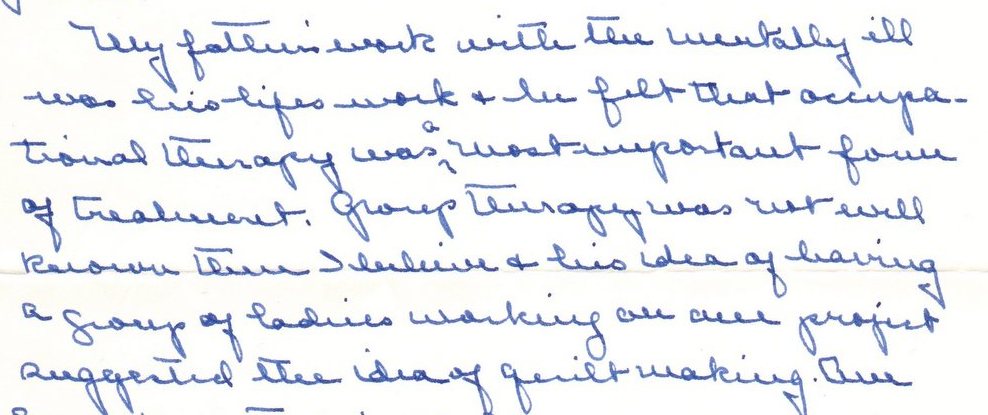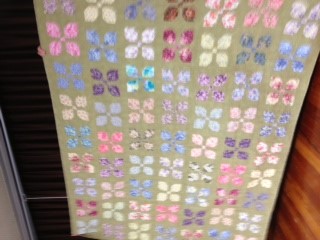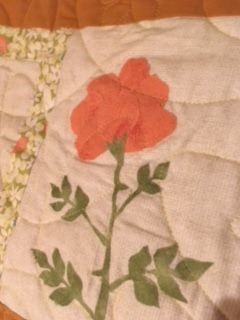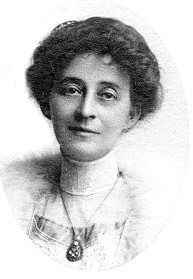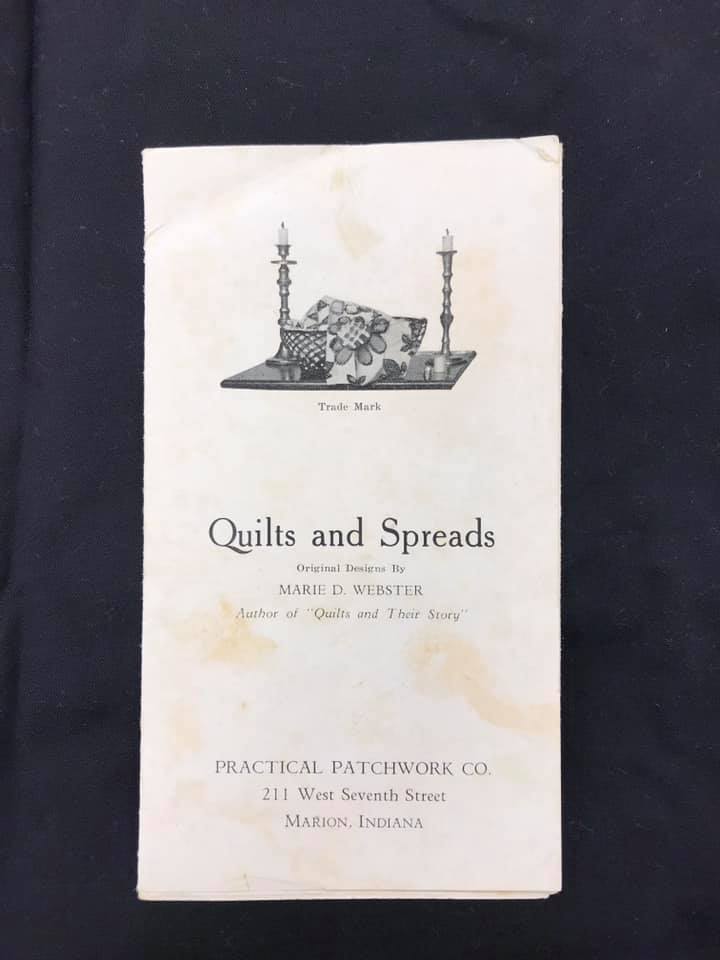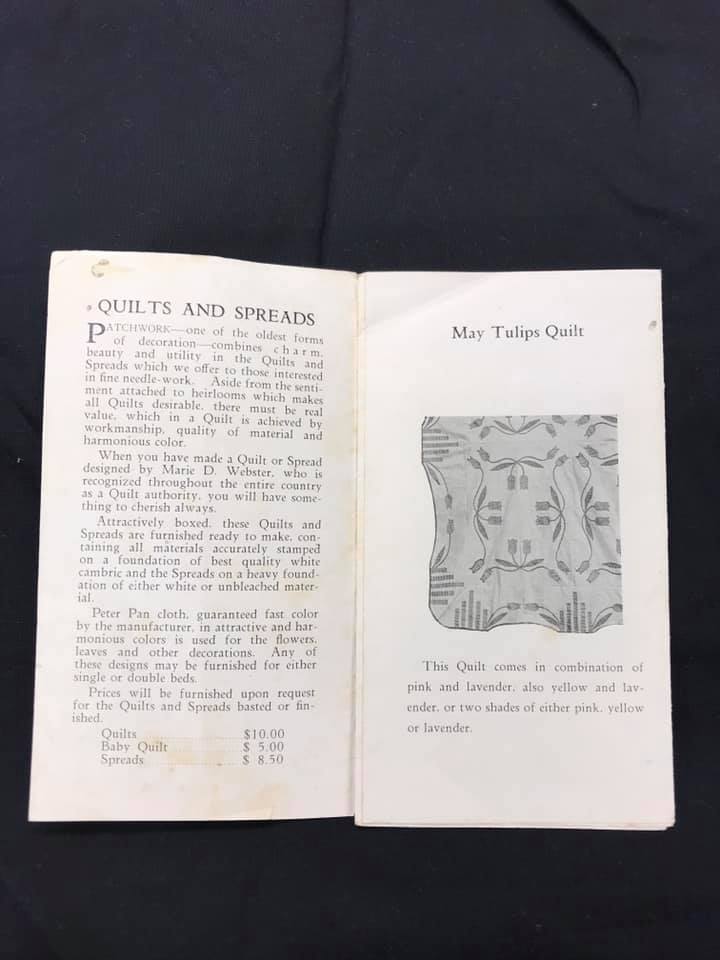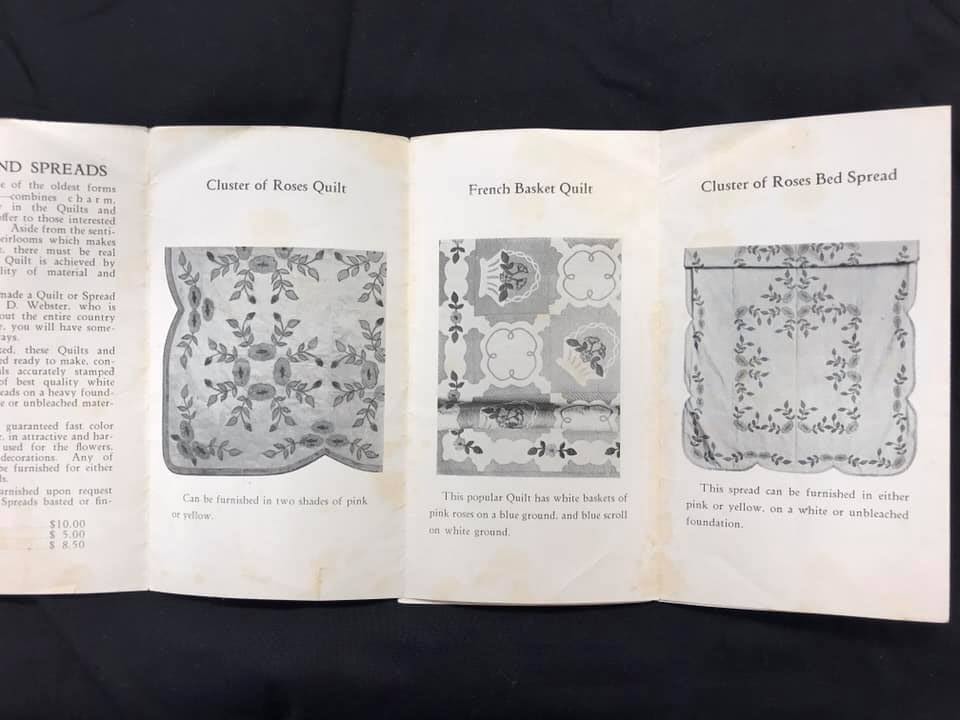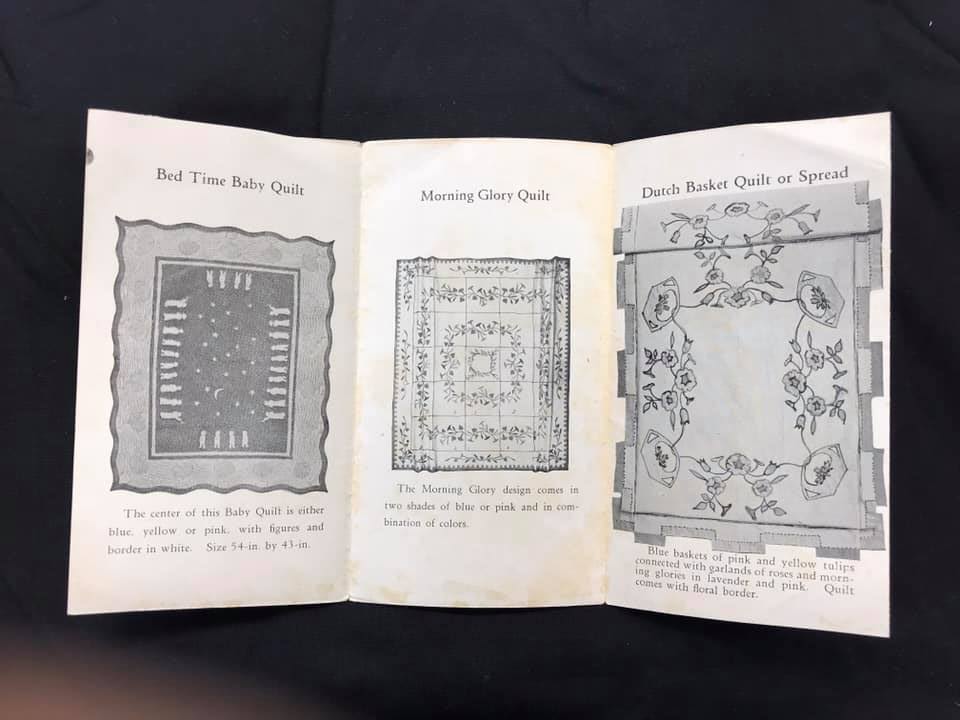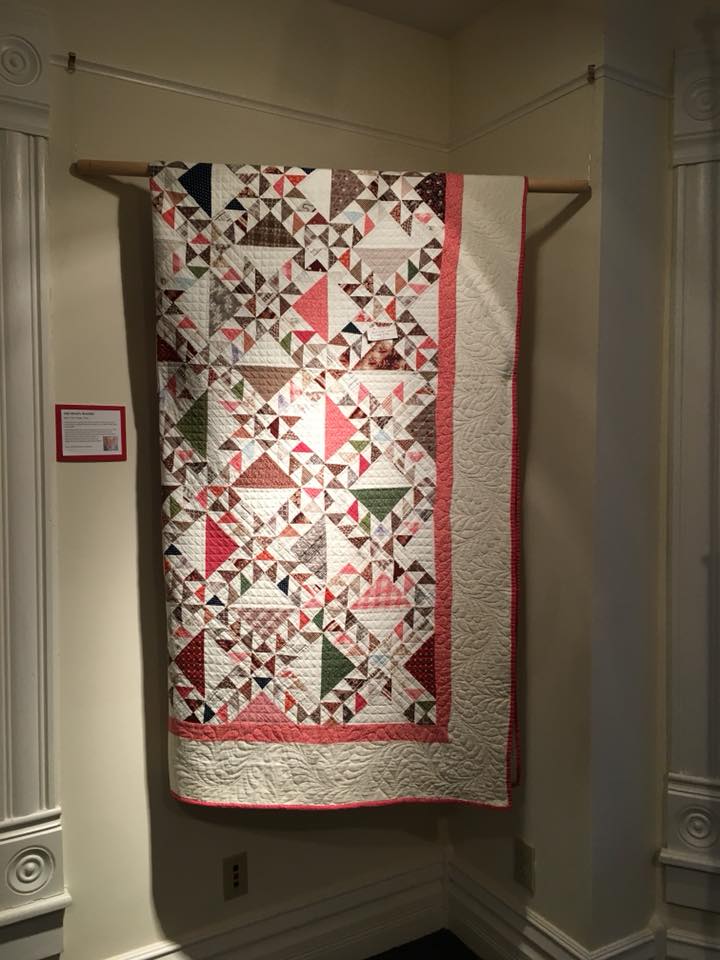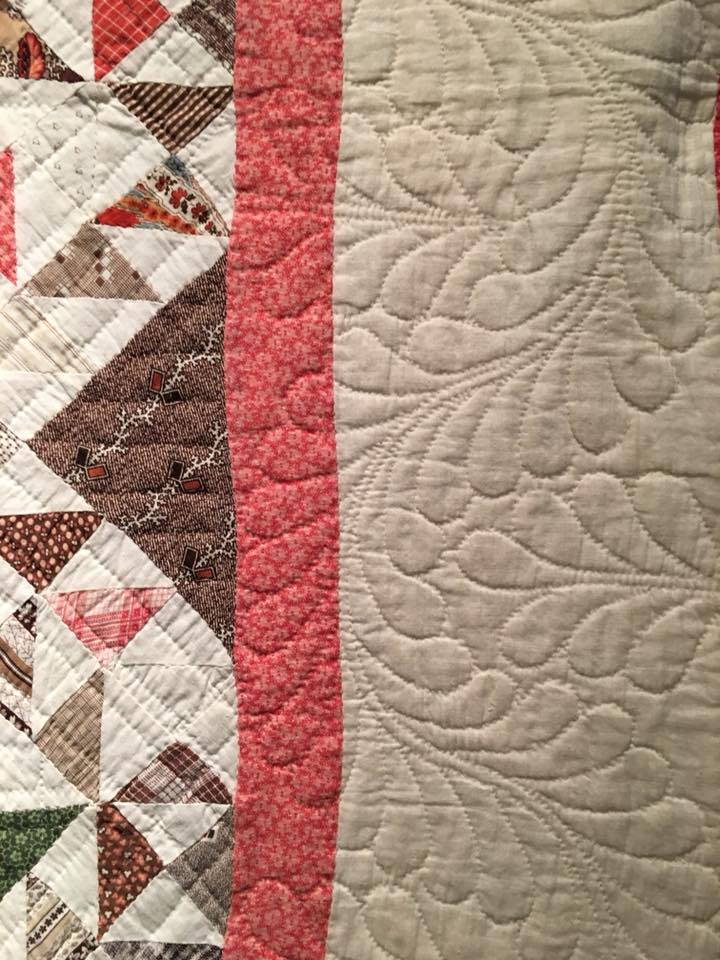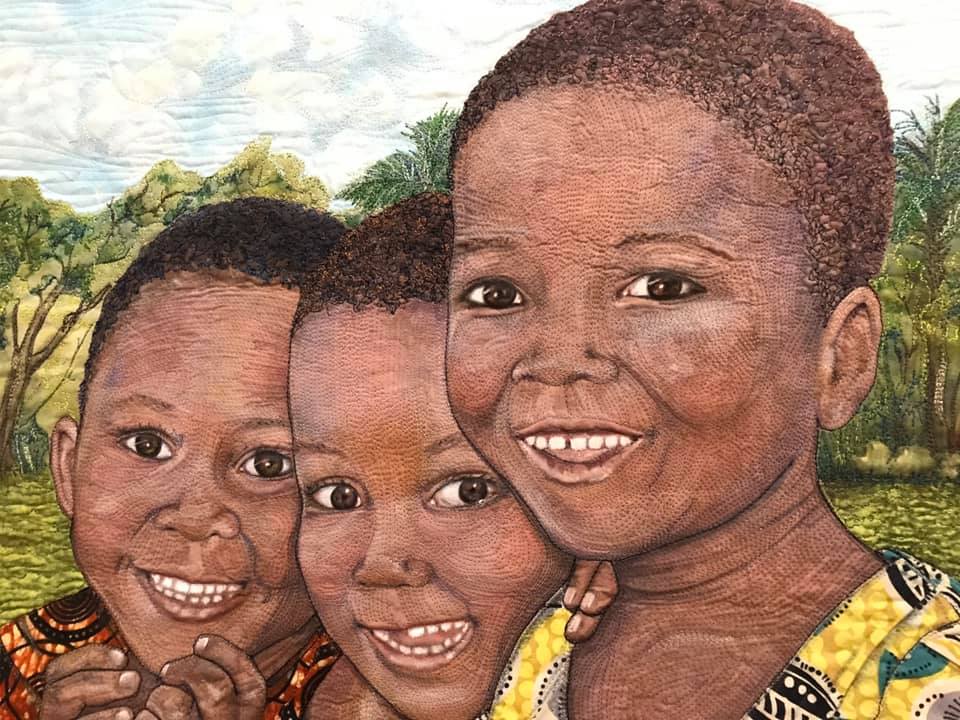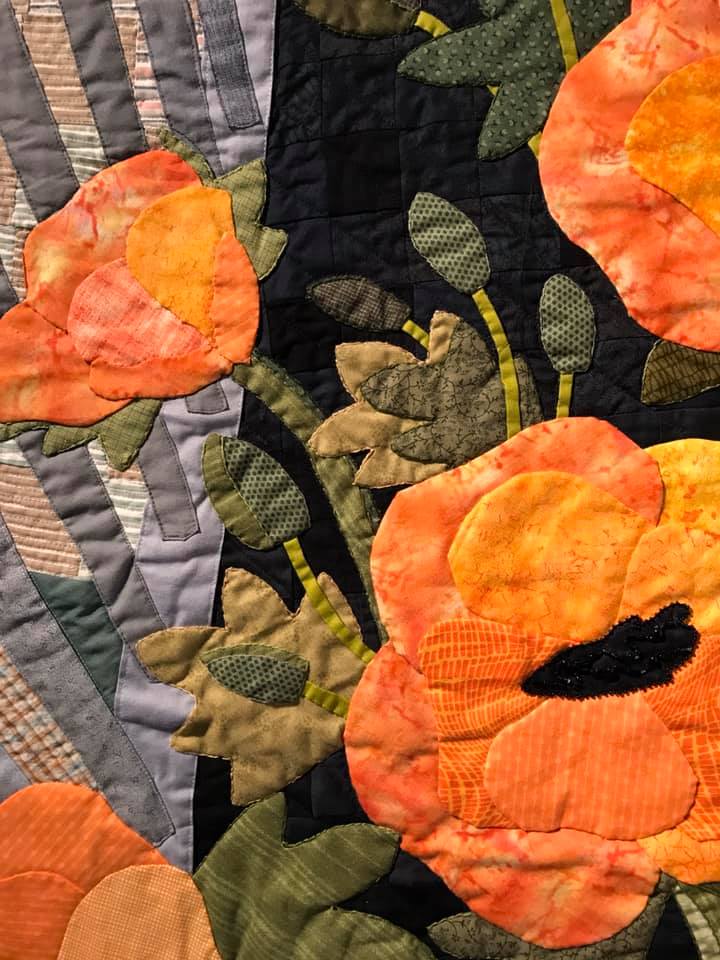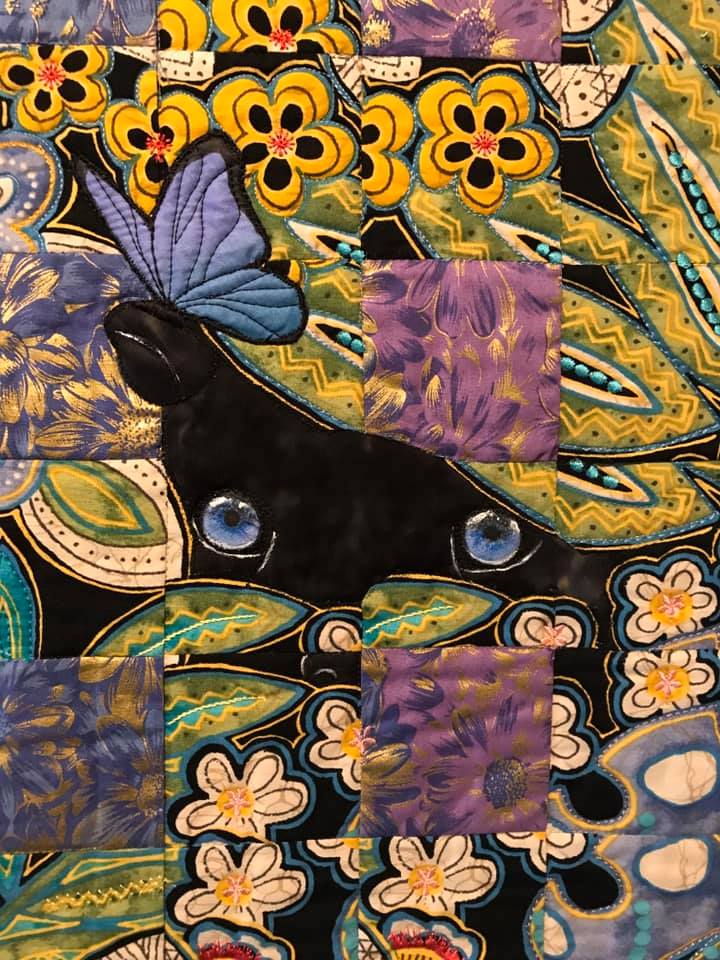Pining For Paducah
It’s that time of year when a quilter’s fancy turns to thoughts of THE quilt show in Paducah. Even if you’re not going, you want to go someday, or you’ve been at least once, or you know someone who is going. It’s THE BIG SHOW. But not this year! Sadly, QuiltWeek is another Corona Casualty. (Don’t worry; QuiltWeek has been postponed, and other events are still planned for Lancaster, Grand Rapids, and Charleston.)
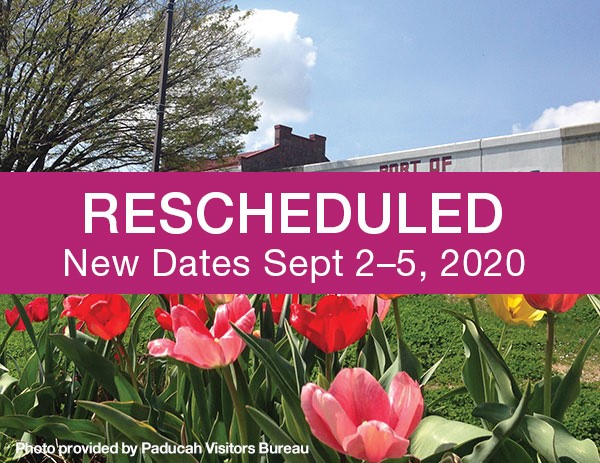
Despite those alternatives, we’re all going to mourn the loss of the annual week-long extravaganza that has become so much a part of our quilting psyche. So, while we’re all sheltering in place and feeling like our foundations are being rocked, it’s a good time to look behind the scenes and learn about the prime mover for this iconic event: Hall of Fame honoree, Meredith Schroeder.
Usually when I blog, I tell a little about the Honoree and then refer you to the Hall of Fame website, but today, I’m sending you straight there. Go to https://quiltershalloffame.net/meredith-schroeder/ to learn about Meredith’s career. The reason I’m short-cutting is twofold: first, because there isn’t much written about Schroeder—in fact, the Hall of Fame has no publications by her, and no artifacts or objects related to her. And second, because I want to write a lot about the events and organization spearheaded by this very private woman which made her an inductee.
I say private, but that’s not quite right. By all accounts, Meredith Schroeder is, for all her standing in the quilt industry, a very approachable person. It’s said that you don’t have to go through layers of corporate bureaucracy to reach her. (I didn’t try, but I believe it.) In my research, I found one article about how she gave tips to a local guild about setting up their quilt show. And there are hundreds of articles linked to her name as awarding prizes (yes, big cash awards which she solicited from sponsors before anyone else had the idea). None of those articles headline Schroeder; they are all along the lines of “Local quilter wins at international quilt show”.
That reminded me of a meme I’ve seen about how successful women build each other up. And that’s exactly what Meredith Schroeder has done over the past thirty-five years. She has created and sustained a platform for all of us to strive, dream and maybe even achieve in our quilting efforts. I remember seeing a nine-patch quilt at one of the Paducah shows I went to and wondered how it fit with the hyper-embellishments, precision piecing, true-to life pictorials and other spectacular quilts at the show. I was told that the show organizers felt it was important to display all levels of skill so that all attendees would learn something or have something to aspire to. Could you be more inclusive than that? Thanks, Meredith Schroeder, for reaching us all!
If you’re ready for a break and some eye candy, here’s a link to all the wonderful Best in Show quilts. https://www.youtube.com/watch?v=GHWyhRxDjV0 Of course, there are several other things to thank Meredith Schroeder for: American Quilter’s Society (membership info here: https://www.americanquilter.com/promos/join_aqs_original/ ) and The National Quilt Museum (not open now, but there are some very cool virtual “shows” up on the website), and the Certified Appraiser program (I took classes in 2012 and 2013—photos below–, and although I wasn’t certified, I learned a ton, and they started me on my quilt history road, so I’m grateful.)
The American Quilter’s Society also offers online quilt classes on their ‘iquilt’ platform, and is currently providing a free online code to preview on of their classes. The code is IQUILTFREE and can be redeemed until June 30, 2020. Perfect timing, since we’re not going anywhere soon.
Well, that’s it for Paducah, AQS, the Museum and Meredith Schroeder. Except to say that her birthday is coming up on April 21st. If you enjoyed reading this, or have enjoyed any of the quilting events/sites started by her, drop in to the AQS Facebook page (https://www.facebook.com/AQSonline/ ) and leave her a birthday message. And think about building up someone; be like Meredith.
Your quilting friend,
Anna


